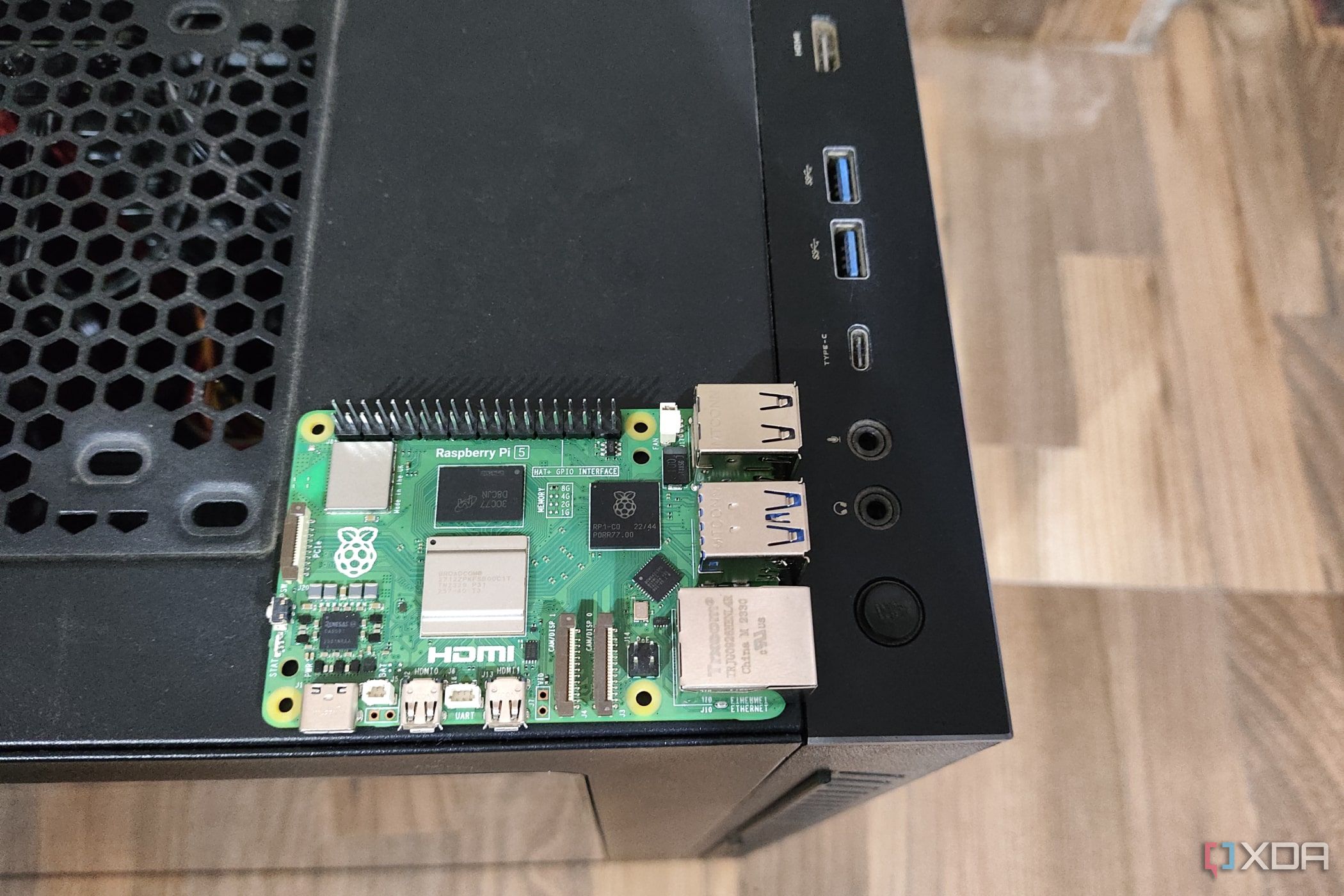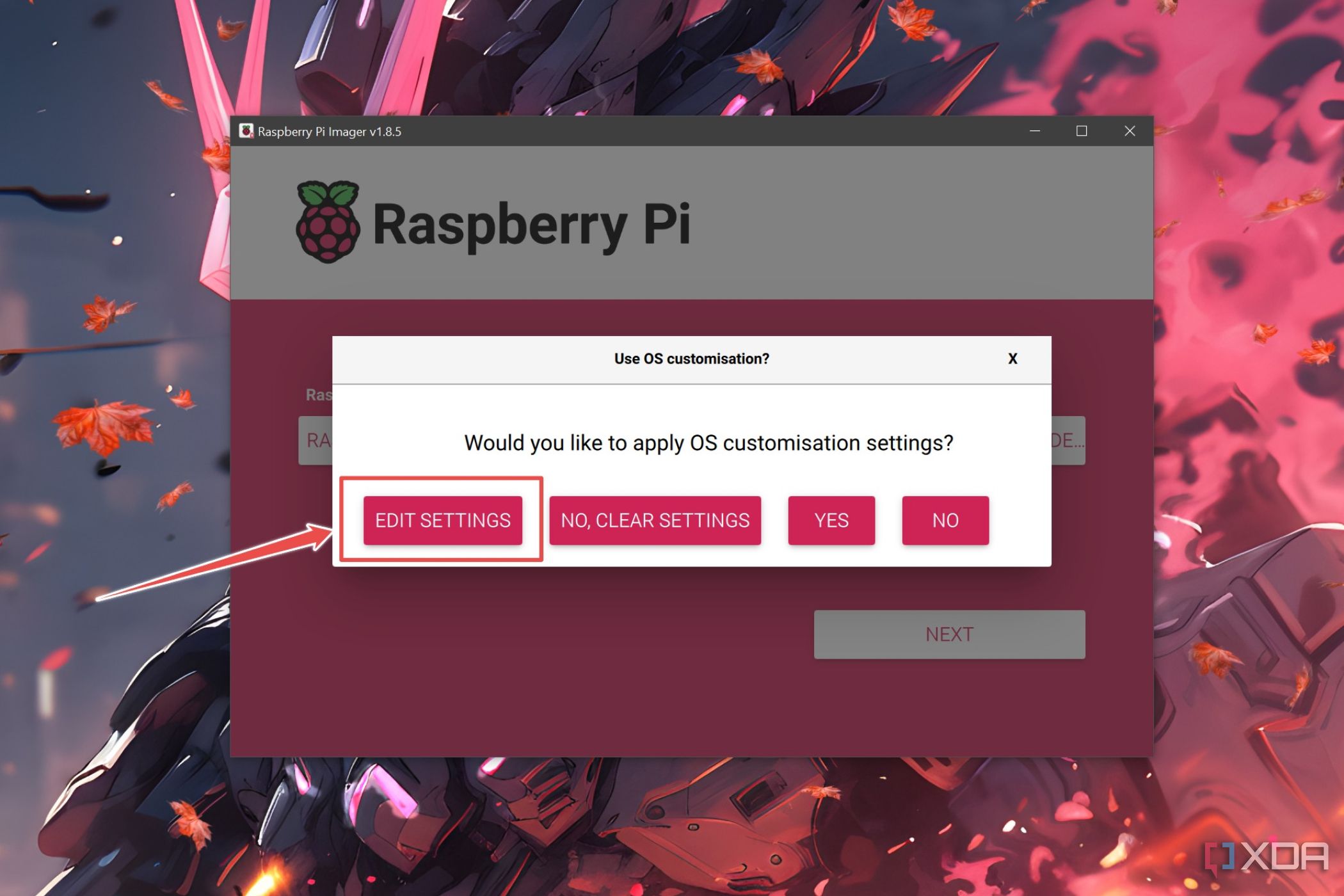How To SSH Into Raspberry Pi Remotely Like A Pro
Ever wondered how to SSH into Raspberry Pi remotely and take full control of your tiny powerhouse from anywhere? Well, buckle up, because we’re about to dive deep into the world of remote access, and trust me, it’s gonna be an adventure you won’t forget.
SSH, or Secure Shell, is like your secret passageway to your Raspberry Pi, even when you're miles away. Imagine being able to manage your Pi, run scripts, and configure settings without needing to be physically present. Sounds cool, right? But before we get all geeky, let's talk about why mastering this skill is so important for anyone who loves tinkering with tech.
Whether you're setting up a home server, automating tasks, or just exploring the endless possibilities of Raspberry Pi, knowing how to SSH into your device remotely is a game-changer. So, let's break it down step by step and make sure you're armed with everything you need to become a remote access wizard.
- Spotlight On Dansby Swansons Children Life In The Public Eye
- Unlock How Old Was Liam Payne On X Factor Career Impact
Understanding SSH and Its Importance
First things first, what exactly is SSH? Think of it as a secure way to communicate with your Raspberry Pi over the internet. It's like having a private chat with your device, where you can send commands, transfer files, and monitor its performance without worrying about prying eyes.
SSH is not just about convenience; it’s about security. When you connect to your Raspberry Pi remotely, you want to make sure your data stays safe. SSH encrypts all the information exchanged between your computer and the Pi, making it nearly impossible for hackers to intercept your commands.
Why Use SSH Instead of Other Methods?
There are plenty of ways to connect to your Raspberry Pi, but SSH stands out for a few reasons:
- Exploring Janice Combs Is A Wikipedia Page Needed Now
- Exploring The Nuances Comparing Sting And P Diddys Musical Styles Now
- Security: Unlike some other methods, SSH uses encryption to protect your data.
- Flexibility: You can run commands, transfer files, and even set up a graphical interface if needed.
- Efficiency: SSH is lightweight and doesn’t require much system resources, making it perfect for Raspberry Pi.
Preparing Your Raspberry Pi for Remote Access
Now that you understand why SSH is so awesome, let’s talk about how to set it up. The first step is to make sure your Raspberry Pi is ready for remote connections.
Step 1: Enable SSH on Your Raspberry Pi
This used to be a bit tricky, but with the latest versions of Raspberry Pi OS, it’s as easy as pie. Just follow these simple steps:
- Boot up your Raspberry Pi and log in.
- Open the terminal and type
sudo raspi-config. - Scroll down to "Interfacing Options" and hit Enter.
- Select "SSH" and enable it.
- That’s it! SSH is now active on your Pi.
Step 2: Find Your Pi’s IP Address
Before you can connect to your Raspberry Pi from another device, you need to know its IP address. Here’s how to find it:
Open the terminal on your Pi and type hostname -I. This will display the IP address assigned to your Pi by your router. Make sure to note it down, as you’ll need it later.
Connecting to Your Raspberry Pi via SSH
Alright, now that your Pi is all set up, it’s time to connect to it from another device. The process is slightly different depending on whether you’re using Windows, macOS, or Linux, but don’t worry, we’ve got you covered.
Using SSH on Windows
Windows 10 and later versions come with SSH built-in, so you don’t need to install any extra software. Here’s what you need to do:
- Open the command prompt by pressing
Win + R, typingcmd, and hitting Enter. - Type
ssh pi@your_pi_ip_address, replacingyour_pi_ip_addresswith the actual IP address of your Pi. - When prompted, enter the password for the
piuser (default israspberry).
Using SSH on macOS and Linux
Both macOS and Linux have SSH built-in, so the process is pretty similar:
- Open the terminal.
- Type
ssh pi@your_pi_ip_address. - Enter the password when prompted.
Making Remote Access Easier with SSH Keys
Entering your password every time you connect can get old pretty fast. That’s where SSH keys come in. They allow you to connect to your Raspberry Pi without needing to type a password each time.
Step 1: Generate SSH Keys
On your computer, open the terminal and type ssh-keygen. This will generate a pair of keys: a public key and a private key. The public key will be placed on your Raspberry Pi, while the private key stays on your computer.
Step 2: Copy the Public Key to Your Raspberry Pi
Use the following command to copy the public key:
- Run
ssh-copy-id pi@your_pi_ip_address. - Enter the password for the
piuser when prompted.
From now on, you’ll be able to connect to your Pi without needing to type a password. How cool is that?
Securing Your SSH Connection
While SSH is secure by default, there are a few extra steps you can take to make sure your connection is as safe as possible.
Change the Default SSH Port
By default, SSH uses port 22. Changing this to a different port can make it harder for hackers to find your Pi. Here’s how to do it:
- Open the SSH configuration file by typing
sudo nano /etc/ssh/sshd_config. - Find the line that says
Port 22and change it to a different number (e.g., 2222). - Save the file and restart SSH with
sudo service ssh restart.
Disable Root Login
Allowing root login can be a security risk, so it’s a good idea to disable it. In the same SSH configuration file, find the line PermitRootLogin yes and change it to PermitRootLogin no.
Accessing Your Raspberry Pi from Outside Your Network
Connecting to your Pi within your local network is great, but what if you want to access it from anywhere in the world? That’s where port forwarding comes in.
Step 1: Configure Port Forwarding on Your Router
Every router is different, but the general steps are the same:
- Log in to your router’s admin panel (usually by typing its IP address in your browser).
- Find the port forwarding section.
- Add a new rule, specifying the external port (the one you changed earlier) and the internal IP address of your Raspberry Pi.
Step 2: Use a Dynamic DNS Service
Your router’s IP address might change over time, which can make remote access tricky. A dynamic DNS service assigns a fixed domain name to your router, so you can always connect to it easily.
Advanced Tips for SSH Enthusiasts
If you’re really into SSH, here are a few advanced tips to take your skills to the next level:
Automate SSH Connections
Set up scripts that automatically connect to your Raspberry Pi whenever you need them. This can save you a ton of time if you frequently access your Pi remotely.
Use SSH Tunnels for Secure Browsing
SSH tunnels can encrypt your internet traffic, making it harder for anyone to spy on your browsing habits. Just another reason why SSH is such a powerful tool.
Common Issues and How to Fix Them
Even the best-laid plans can go awry sometimes. Here are a few common issues you might encounter when trying to SSH into your Raspberry Pi, along with their solutions:
Problem: SSH Connection Refused
Solution: Make sure SSH is enabled on your Pi and that your router is configured correctly. Also, double-check the IP address and port number.
Problem: Password Authentication Failed
Solution: Ensure you’re using the correct username and password. If you’ve set up SSH keys, make sure the public key is properly installed on your Pi.
Conclusion
Learning how to SSH into Raspberry Pi remotely opens up a whole new world of possibilities. From managing your home server to automating tasks, SSH gives you the power to control your Pi from anywhere. By following the steps outlined in this article, you should now be able to set up secure and reliable remote access to your Raspberry Pi.
So, what are you waiting for? Grab your Pi, fire up your terminal, and start exploring the wonders of remote access. And don’t forget to share your experiences in the comments below or check out our other articles for more tech tips and tricks!
Table of Contents
- Understanding SSH and Its Importance
- Preparing Your Raspberry Pi for Remote Access
- Connecting to Your Raspberry Pi via SSH
- Making Remote Access Easier with SSH Keys
- Securing Your SSH Connection
- Accessing Your Raspberry Pi from Outside Your Network
- Advanced Tips for SSH Enthusiasts
- Common Issues and How to Fix Them
- Conclusion
- Exploring The Nuances Comparing Sting And P Diddys Musical Styles Now
- Unveiling The 2pac And Diddy Relationship Rivalry Respect More

How to SSH into Raspberry Pi for Remote Access on Windows

SSH Remote control your Raspberry Pi — Raspberry Pi Official Magazine

How to SSH into Raspberry Pi for Remote Access on Windows